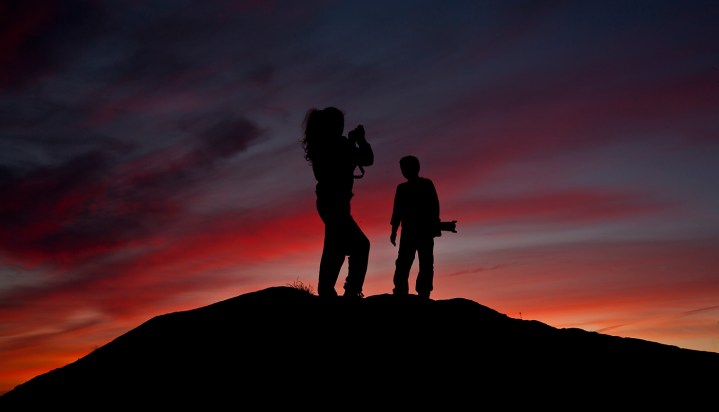
Creative Commons images and other freely licensed photographs will no longer count toward Flickr’s 1,000-photo limit on free accounts. On Friday, March 8, Flickr opened up free account limitations to exclude Creative Commons images, while also moving to preserve users images after death with “in memoriam” accounts.
Flickr is the world’s largest depository of public Creative Commons images, with more than 500 million graphics designated with the license. When Flickr adjusted free account limitations last year after its acquisition by SmugMug, the platform protected the existing images on the platform, excluding them from the new 1,000-photo limit on free accounts.
At the time, Flickr said any images uploaded after November 7, 2018, would still count toward that cap. That’s no longer the case. Images that are labeled with Creative Commons, even if uploaded today, will no longer count toward the restrictions on free accounts. The adjustment applies to Creative Commons as well as any freely licensed content, including images allowing use with attribution. All Rights Reserved images count towards the 1,000-image cap.
In an exclusive interview with Digital Trends, Andrew Stadlen, vice president of product at Flickr, said the platform wanted to make sure photographers know what they are giving up and not blindly giving up the rights to all their images to stay with a free account. “If you’re in a fire at a restaurant but the exit sign points to the kitchen, you’re going to end up in the worst place to be. We feel like people need to make a decision about having a free account, and if they see an escape route that they don’t understand, it’s like sending them to the kitchen in a fire.”
With the change, Flickr disabled bulk image license changes for free accounts, so users have to go in and adjust the rights on each individual image. Flickr says the change ensures photographers put thought into what altering the license of each image entails.
The platform is also working to make sure photographers’ work can remain on Flickr if the photographer passes away. The new in memoriam account designation prevents images from being deleted after death for nonpayment of a Pro account. These accounts will have login access revoked, but allows all the user’s images to remain active on the platform without continuing to pay for a Pro membership.
To designate an account as in memoriam, a friend, relative or even a fan can notify Flickr using an online contact form, providing documentation such as an obituary to confirm the account holder’s death. The Flickr support staff will review the information and designate the account as in memoriam if they are able to verify the information.
Flickr says the change is in response to fans who didn’t want to lose a favorite photographer’s work — and some who were even gifting a Pro subscription to that deceased photographer — as well as photographers concerned about their own work.
Shortly after the once-Yahoo-owned Flickr was acquired by SmugMug, the platform launched changes to the free and Pro tiers late last year. Photographers wishing to stick with a free account originally had until February 5 to parse down their account to 1,000 images, but Flickr later extended that deadline to March 12.
Stadlen, who worked with Flickr prior to the acquisition, says that the response to the account changes has been mixed, though largely positive among more serious users. “From the people who love and hold Flickr most dear, the response has been that if we are investing in Flickr they are willing to come along for the ride,” he told Digital Trends. “We are a small company that’s totally focused on photography in every way, so every dollar that comes through the door is specifically used to invest in the photography community that we love.”
So what new features exactly are Pro users’ $50 annual or $6 monthly fees going toward? (Besides the existing tools, including unlimited photo uploads, backups, and advanced stats?) Reliability and performance are a top priority for the company. “First and foremost, performance and stability are features. They aren’t the sexy features but we have a ton of work to do migrating our services off Yahoo,” Stadlen said. “… the outcome is going to be a photography stack that’s reliable with the most performance. Our first goal is to get to a level of stability that we’re proud of.”
The second priority, the company says, is responding to member feedback, which has already started by rolling out the user-requested feature for a login not associated with Yahoo. “Flickr is 15 years old now,” Stadlen said, “and we want to build for the next 15 years and the 15 years after that.”




